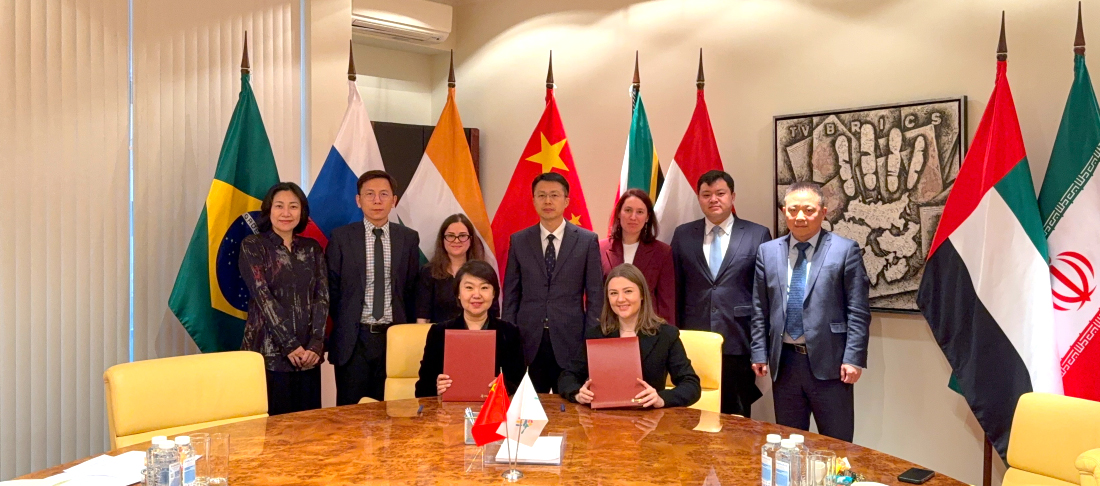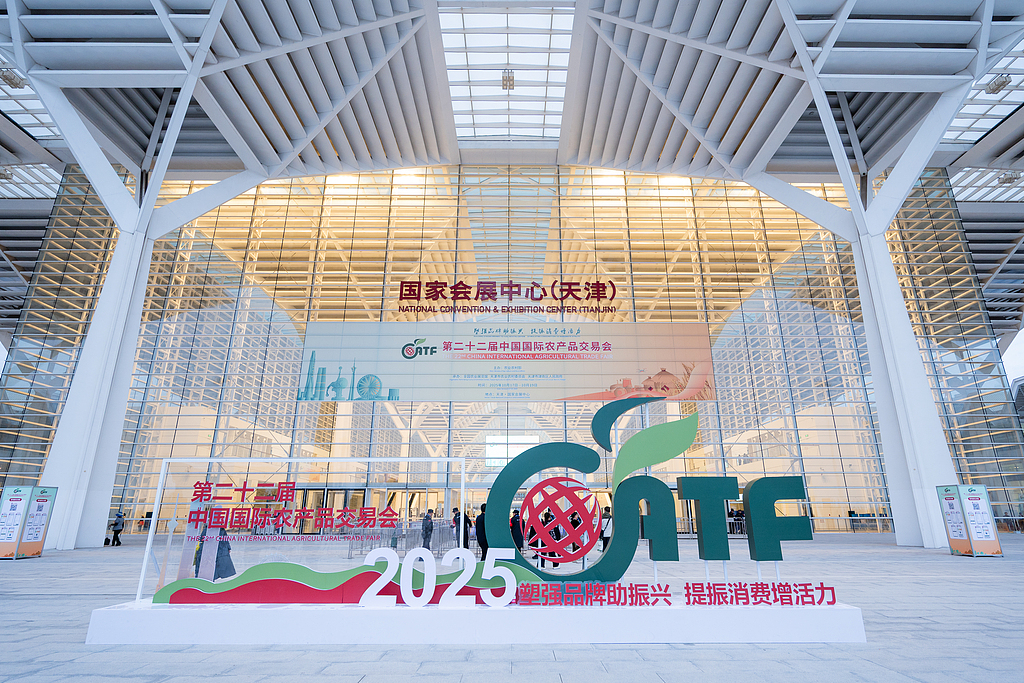Swing the balance
2023-02-20 | China Daily Global

Greater efforts required to improve regional distribution of talents
Talent is a primary resource for development. China, however, is plagued by the uneven distribution of talents in different regions.
Over recent years, China's talents have been flowing to the economically developed eastern regions, while the western and the northeastern areas have seen a severe brain drain. In the process of fast urbanization, rural people have migrated to cities on a large scale, leading to a severe imbalance in the talent distribution between rural and urban areas. In 2020, among the country's population holding a university degree, 73.85 percent were from cities, 18 percent from small towns, while a mere 8 percent were from rural areas.
The huge gaps in economic development among different regions are the primary reason behind the uneven distribution of talents. In terms of per capita GDP and per capita disposable income, the average numbers for the six richest provincial-level regions — Beijing, Shanghai, Tianjin, Zhejiang, Fujian and Jiangsu — are respectively 2.6 times and 2.3 times that of the six poorest areas — the Xinjiang Uygur and the Tibet autonomous regions and Qinghai, Yunnan, Guizhou and Gansu provinces. The economically advanced regions are more attractive to talents for the high-quality and more lucrative job positions, as well as better public services on offer.
The level of industrial development is also a key factor leading to the uneven regional distribution of talents. A region that is more advanced in industrial development and boasts higher added value tends to be more appealing to high-quality talents. Generally speaking, the secondary industry is more attractive to talents than the primary industry, and the tertiary industry is more attractive to talents than the secondary industry, while high-tech industries are more attractive to talents than the traditional industries.
In terms of the added value of the secondary and tertiary industries, in 2021, the added value of Jiangsu's secondary and tertiary industries was nearly 40 times higher than that of Qinghai. In terms of the number of high-tech companies, in 2020, Guangdong was home to 53,776 high-tech enterprises, a figure close to the combined number of Sichuan, Tianjin, Jiangxi, Liaoning, Fujian, Henan, Shaanxi, Chongqing, Guangxi and Jilin. It can be seen that the level of industrial development in the east of the country is significantly higher than that in the west, resulting in a talent flow from the west to the east.
Another important reason for the unbalanced distribution of talents is the uneven distribution of universities and research institutes. In terms of the number of colleges and universities, in 2022, China's 147"Double First-Class" universities (first-class universities with first-class disciplines) were mainly distributed in the six provincial-level regions of Beijing, Shanghai, Jiangsu, Guangdong, Sichuan and Shaanxi, which account for 60 percent of the total, while the eight regions of Hainan, Jiangxi, Guizhou, Yunnan, Gansu, Ningxia, Qinghai and Tibet have only one such school each. And there is not a single "Double First-Class" university in Hebei and Shanxi provinces. Similarly, major technology research institutions in the eastern coastal regions are much larger than those in the western, central and northeastern areas.
At present, the imbalance in regional distribution of talents is due to obstacles in the reform of the talent flow system. There still exists "local protectionism" in human resources management, as well as a lack of coordination in talent flow. Institutional barriers that hinder the flow of talents among regions have not been eliminated, and a fairer talent competition and flow environment needs to be built. In some places, governments spend lavishly on poaching talents from other regions, poisoning the environment of fair competition for talents. There is also a lack of policies to encourage talents to work in remote areas as well as grassroots and frontline positions with harsh conditions.
Here are some policy recommendations for improving the regional distribution of talents:
First, coordination and cooperation between regions where talents flow out and regions where talents flow in should be strengthened, so as to enable people to go to positions most suitable for them. Rural talent development plans should be formulated to improve the quality of rural talent, encourage urban talents to go to rural areas and dedicate themselves to rural vitalization, and help counties and townships retain talents with favorable policies. Second, reform of the human resources service market should be deepened. The nation should accelerate the establishment of a unified national talent market and a talent information exchange platform, and optimize the allocation of human resources in different regions. It is important to accelerate the construction of the New International Land-Sea Trade Corridor in the western region, vigorously develop the border areas in the northeastern region and areas that have already opened up, and narrow the gaps in economic development, income and social security between the western and northeastern regions and developed regions, thus increasing their appeal to talents.
Third, economically less-developed regions should be supported so they can give full play to their advantages in resources, geographical locations, history and culture, and vigorously develop characteristic and advantageous industries, thus boosting regional competitiveness. These areas should be encouraged to seize the opportunities of the new round of technological revolution and industrial transformation and use digital and smart new technologies to accelerate their industrial transformation and upgrading. The country should guide economically developed regions to transfer some high-end industries to the western and northeastern regions, and build industrial parks there so as to accelerate local industrial upgrading.
Fourth, inter-regional resource sharing should be strengthened to facilitate a more balanced distribution of universities and research institutes in different regions. New universities and research institutes with characteristic disciplines and regional features should be built in the central, western as well as the northeast regions. Local governments should roll out more favorable policies for talents in terms of financial subsidies, individual income tax breaks, housing and other perks to retain talents trained by the universities and research institutes and encourage them to start businesses and build their careers in these regions.
In the new development stage, it is imperative for the country to improve its distribution of talents and enhance coordinated development.
Li Zuojun is a researcher and Sun Fei is an associate researcher of public administration and human resources at the Development Research Center of the State Council. The authors contributed this article to China Watch, a think tank powered by China Daily. The views do not necessarily reflect those of China Daily.




